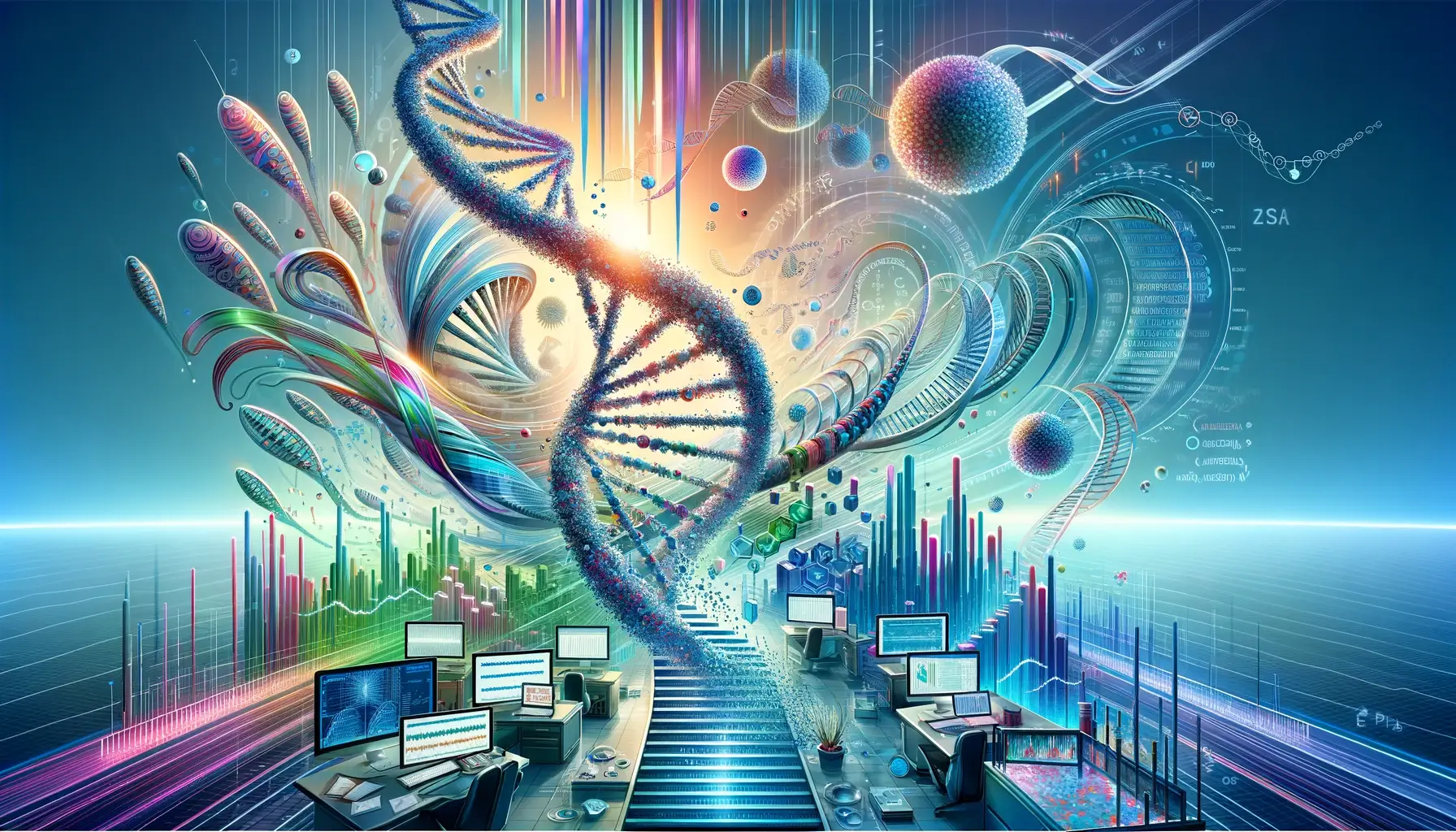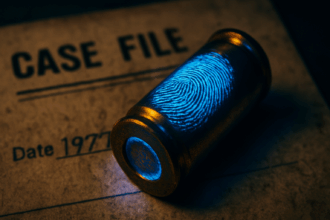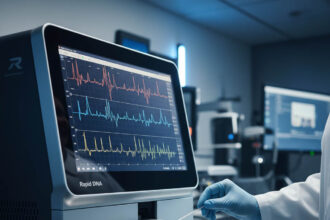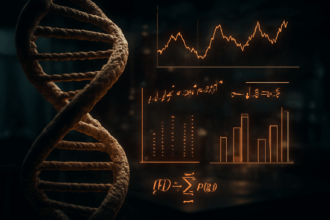Five years ago, the field of DNA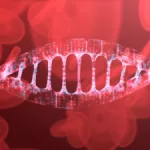 DNA, or Deoxyribonucleic Acid, is the genetic material found in cells, composed of a double helix structure. It serves as the genetic blueprint for all living organisms. Read Full Definition analysis was poised for a major revolution with the introduction of Next-Generation Sequencing (NGS) technology. NGS promised to significantly enhance the capability of forensic laboratories, allowing for more detailed DNA work and improving the accuracyIn scientific and measurement contexts, "accuracy" refers to the degree of proximity or closeness between a measured value and the true or actual value of the measured quantity. Accuracy indicates how well a measurement reflects Read Full Definition of criminal investigations. Yet despite its potential, the widespread adoption of NGS in forensic settings remains slow.
DNA, or Deoxyribonucleic Acid, is the genetic material found in cells, composed of a double helix structure. It serves as the genetic blueprint for all living organisms. Read Full Definition analysis was poised for a major revolution with the introduction of Next-Generation Sequencing (NGS) technology. NGS promised to significantly enhance the capability of forensic laboratories, allowing for more detailed DNA work and improving the accuracyIn scientific and measurement contexts, "accuracy" refers to the degree of proximity or closeness between a measured value and the true or actual value of the measured quantity. Accuracy indicates how well a measurement reflects Read Full Definition of criminal investigations. Yet despite its potential, the widespread adoption of NGS in forensic settings remains slow.
A recent report from the NIJ’s Forensic Technology Center of Excellence at RTI International sheds light on the reasons behind this delay. Titled “Landscape Study of Next Generation Sequencing Technologies for Forensic Applications,” the report outlines several barriers preventing the full implementation of NGS in forensic labs.
In This Article:
- The Promise and Reality of NGS in Forensics
- Barriers to NGS Implementation
- Solutions and the Path Forward
- The Potential of NGS in Forensics
The Promise and Reality of NGS in Forensics
Next-Generation Sequencing (NGS) is an advanced method of DNA sequencing that can rapidly analyze large quantities of DNA, allowing scientists to study genetic variation, gene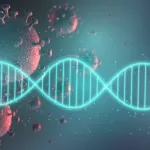 Genes are DNA segments (or RNA in some viruses) that dictate cellular processes, traits, and hereditary information, promoting genetic diversity and evolution in living organisms. Read Full Definition expression, and other molecular processes with unprecedented accuracy. In the world of forensic science
Genes are DNA segments (or RNA in some viruses) that dictate cellular processes, traits, and hereditary information, promoting genetic diversity and evolution in living organisms. Read Full Definition expression, and other molecular processes with unprecedented accuracy. In the world of forensic science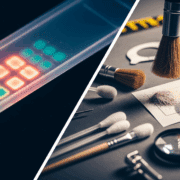
- Comprehensive DNA Analysis: NGS provides deeper insights into mitochondrial DNA (mtDNA) and Y-chromosome DNA, making it easier to identify degraded samples and analyze mixed profiles from crime scenes.
- Extended Genetic Markers: Traditional PCR-CE methods focus on a limited number of genetic markers, but NGS can assess thousands of markers simultaneously, increasing the power of forensic identifications.
- Improved Accuracy in Complex Cases: In cases involving low-copy number or degraded DNA, NGS has shown to offer more reliable results than PCR-CE.
However, despite the advantages, the forensic community faces significant obstacles that slow the widespread adoption of NGS.
Barriers to NGS Implementation
The RTI report identifies key challenges that are hampering the full-scale implementation of NGS in forensic laboratories. These barriers include:
- Heavy Investment in Resources: The initial cost of adopting NGS is high. Forensic laboratories require substantial investments in funding, staffing, and training to incorporate NGS workflows. Specialized instrumentation, software infrastructure, and additional laboratory space are also necessary to accommodate the new technology.
- Integration with Existing Systems: NGS workflows must be integrated with existing Standard Operating Procedures (SOPs) and Laboratory Information Management Systems (LIMS). This is a time-consuming and complex task, which can slow down adoption as labs struggle to maintain efficiency during the transition.
- Training and Expertise: Transitioning from PCR-CE to NGS requires extensive training. Staff members need to be proficient not only in running NGS systems but also in interpreting the vast amount of data
 Information in analog or digital form that can be transmitted or processed. Read Full Definition generated, ensuring accuracy in forensic reporting.
Information in analog or digital form that can be transmitted or processed. Read Full Definition generated, ensuring accuracy in forensic reporting. - Court Acceptance: Another challenge lies in the courtroom. NGS technology has not yet been fully accepted within the court system, largely because of the lack of publicly available validationValidation, often referred to as method validation, is a crucial process in the laboratory when introducing a new machine, technology, or analytical technique. It involves a series of systematic steps and assessments to ensure that Read Full Definition studies and case examples. Convincing the legal system of NGS’s reliability is key to its adoption in forensic work.
Solutions and the Path Forward
The report stresses that the transition from PCR-CE to NGS technology can be eased by increasing the availability of validation studies and making more publicly accessible data available. Forensic experts and researchers suggest that this transparency will foster greater trust in NGS methods, both within laboratories and the court system.
- Increased Validation Studies: More validation studies are required to showcase NGS’s capabilities in forensic contexts. These studies will help establish standardized protocols and best practices, easing the burden on labs trying to integrate NGS into their workflows.
- Open-Access Data: Sharing validation data across platforms will not only improve forensic scientists’ ability to work with NGS but also promote the general acceptance of NGS in legal settings. Open-access databases could serve as reference points for laboratories adopting the technology.
- Further Research: It is crucial to continue exploring what NGS can and cannot do. The technology is powerful, but understanding its limitations will allow labs to make informed decisions about when and how to use it in forensic casework.
The Potential of NGS in Forensics
While Next-Generation Sequencing is still in its early stages within forensic science, its potential is undeniable. The ability to work with degraded samples, analyze mixed DNA profiles, and assess a much larger number of genetic markers could revolutionize crime-solving. But widespread adoption will require substantial investment, not just in technology, but in infrastructure, training, and legal acceptance.
If these challenges are addressed, NGS could become the standard in forensic labs worldwide, pushing the boundaries of DNA analysis beyond what is possible with current PCR-CE methods.
What is Next-Generation Sequencing?
Next-Generation Sequencing (NGS) is a powerful DNA sequencing method that allows for the rapid and extensive sequencing of genetic material. It has revolutionized fields such as genomics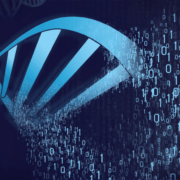
What do you think are the most significant challenges your lab faces in adopting new technologies like Next-Generation Sequencing, and how can these barriers be overcome to improve forensic investigations?



